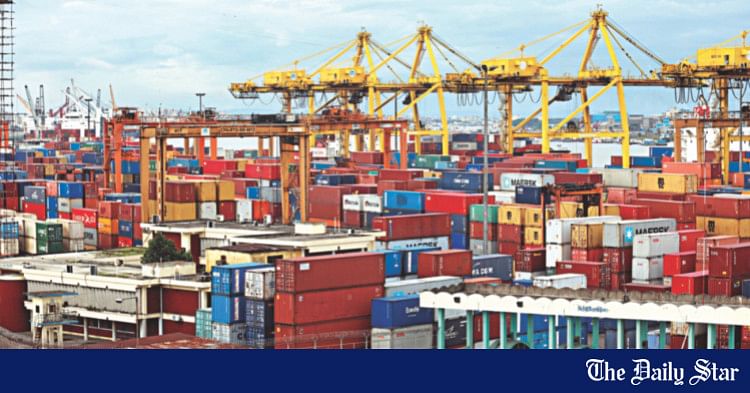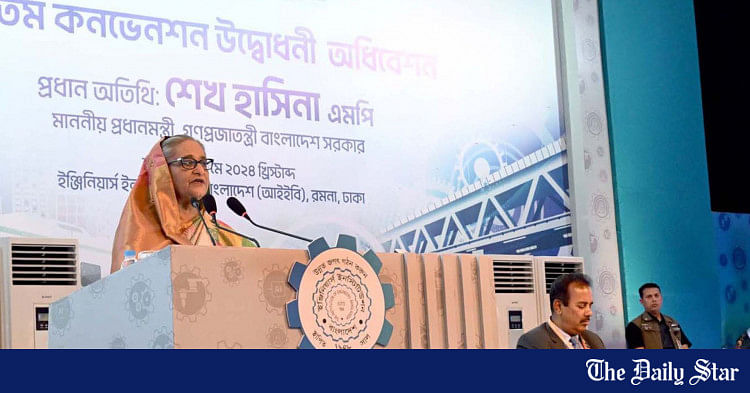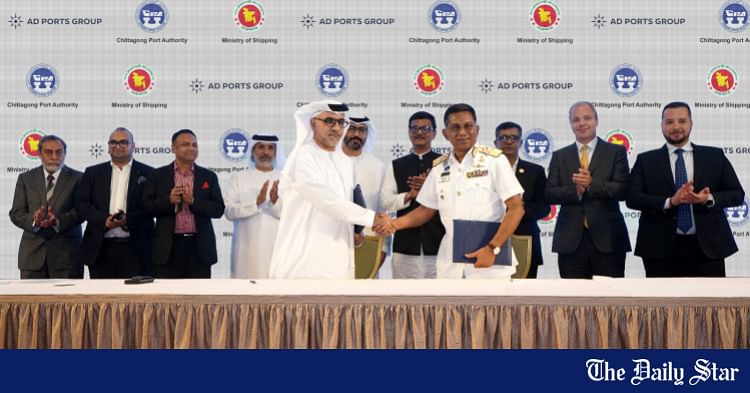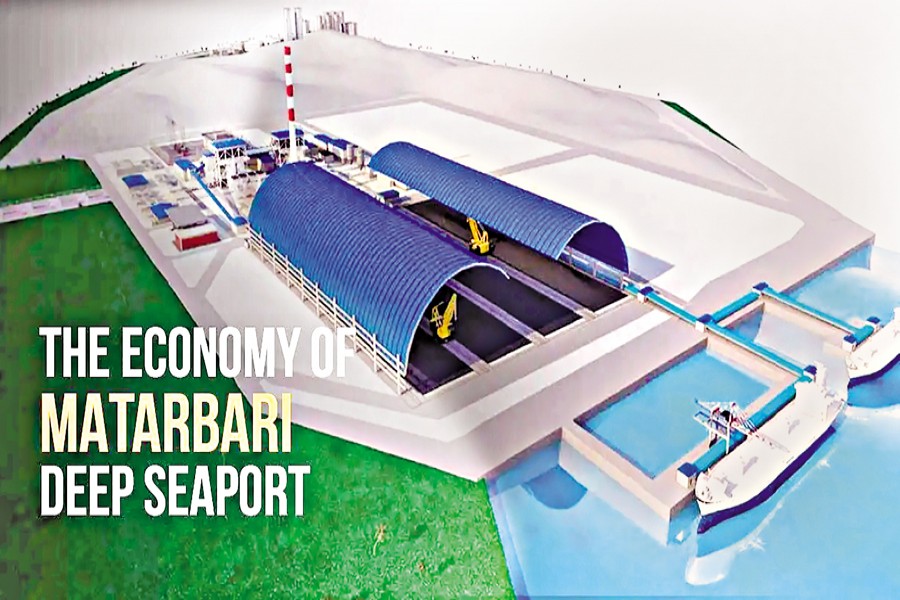Saif
Senior Member
- Joined
- Jan 24, 2024
- Messages
- 15,397
- Reaction score
- 7,874
- Nation

- Residence

- Axis Group

Date of Event:
Feb 12, 2025
[h3]

In December, a historic deal marked the start of a new era for port management across the country as Bangladesh welcomed its first foreign port operator.
The Chittagong Port Authority (CPA) signed a deal with a Saudi firm, permitting it to maintain, equip and operate the Patenga Container Terminal (PCT) for 22 years.
In exchange, Red Sea Gateway Terminal International (RSGTI) pledged to invest around $170 million to install heavy container handling equipment at the terminal.
This signalled a shift away from the traditional system of management for ports in the country, paving the way for raising efficiency.
Over the years, significant investments have been made to modernise the facilities at the Chattogram Port, which serves as a gateway for 90 percent of Bangladesh's import and export activities. These included the construction of new terminals, dredging of navigational channels, and implementation of smart services.
But the burden for these tasks, from overseeing development work to securing funds, has always fallen on the shoulders of the CPA. This is because the port had always followed the 'tool port' model, under which the port authority owns, develops, and maintains infrastructures as well as cargo handling equipment.
The system is different from those that have been put in place in neighbouring nations like India, Pakistan and Sri Lanka. These countries switched to the "landlord port" model in the late 1990s to bolster productivity and efficiency.
Under the landlord port model, the port authority – which still maintains the ownership of the land – acts as a regulatory body while port operations, especially cargo handling, are carried out by private companies.
In a strategic masterplan chalked out by three foreign firms for the CPA, the transformation to a landlord port model was recommended. A transition to a landlord port model will be in line with the best practices worldwide and it is expected to deliver significant improvements in port performance.
In a show of its commitment to the new management system, CPA Chairman Rear Admiral Mohammad Sohail said two of the three proposed terminals at the Bay Terminal of the Chattogram Port would also be managed under the landlord port model.
The government has already selected global giants in port operations -- PSA Singapore and DP World of the United Arab Emirates -- to construct and operate two terminals.
The shift to the new management model has opened the door for the significant investments that are being made.
In August, the CPA chairman said he believed there was potential to attract $5 billion to $7 billion in foreign direct investments over the next three years.
Just a week later, Danish shipping giant AP Moller Maersk expressed interest in investing between $300 and $400 million to construct the Laldia Container Terminal under a build-operate-transfer project.
The landlord port model encourages efficiency and innovation stemming from competition among private operators, leading to improved productivity and service quality. It is hope that increased investment will lead to such gains alongside increased employment and adoption of modern technologies.
The only thing that remains to be seen is how quickly the system can be implemented to make the most of the benefits it offers.
Management of the port enters new era
[/h3]In December, a historic deal marked the start of a new era for port management across the country as Bangladesh welcomed its first foreign port operator.
The Chittagong Port Authority (CPA) signed a deal with a Saudi firm, permitting it to maintain, equip and operate the Patenga Container Terminal (PCT) for 22 years.
In exchange, Red Sea Gateway Terminal International (RSGTI) pledged to invest around $170 million to install heavy container handling equipment at the terminal.
This signalled a shift away from the traditional system of management for ports in the country, paving the way for raising efficiency.
Over the years, significant investments have been made to modernise the facilities at the Chattogram Port, which serves as a gateway for 90 percent of Bangladesh's import and export activities. These included the construction of new terminals, dredging of navigational channels, and implementation of smart services.
But the burden for these tasks, from overseeing development work to securing funds, has always fallen on the shoulders of the CPA. This is because the port had always followed the 'tool port' model, under which the port authority owns, develops, and maintains infrastructures as well as cargo handling equipment.
The system is different from those that have been put in place in neighbouring nations like India, Pakistan and Sri Lanka. These countries switched to the "landlord port" model in the late 1990s to bolster productivity and efficiency.
Under the landlord port model, the port authority – which still maintains the ownership of the land – acts as a regulatory body while port operations, especially cargo handling, are carried out by private companies.
In a strategic masterplan chalked out by three foreign firms for the CPA, the transformation to a landlord port model was recommended. A transition to a landlord port model will be in line with the best practices worldwide and it is expected to deliver significant improvements in port performance.
In a show of its commitment to the new management system, CPA Chairman Rear Admiral Mohammad Sohail said two of the three proposed terminals at the Bay Terminal of the Chattogram Port would also be managed under the landlord port model.
The government has already selected global giants in port operations -- PSA Singapore and DP World of the United Arab Emirates -- to construct and operate two terminals.
The shift to the new management model has opened the door for the significant investments that are being made.
In August, the CPA chairman said he believed there was potential to attract $5 billion to $7 billion in foreign direct investments over the next three years.
Just a week later, Danish shipping giant AP Moller Maersk expressed interest in investing between $300 and $400 million to construct the Laldia Container Terminal under a build-operate-transfer project.
The landlord port model encourages efficiency and innovation stemming from competition among private operators, leading to improved productivity and service quality. It is hope that increased investment will lead to such gains alongside increased employment and adoption of modern technologies.
The only thing that remains to be seen is how quickly the system can be implemented to make the most of the benefits it offers.
Last edited:














